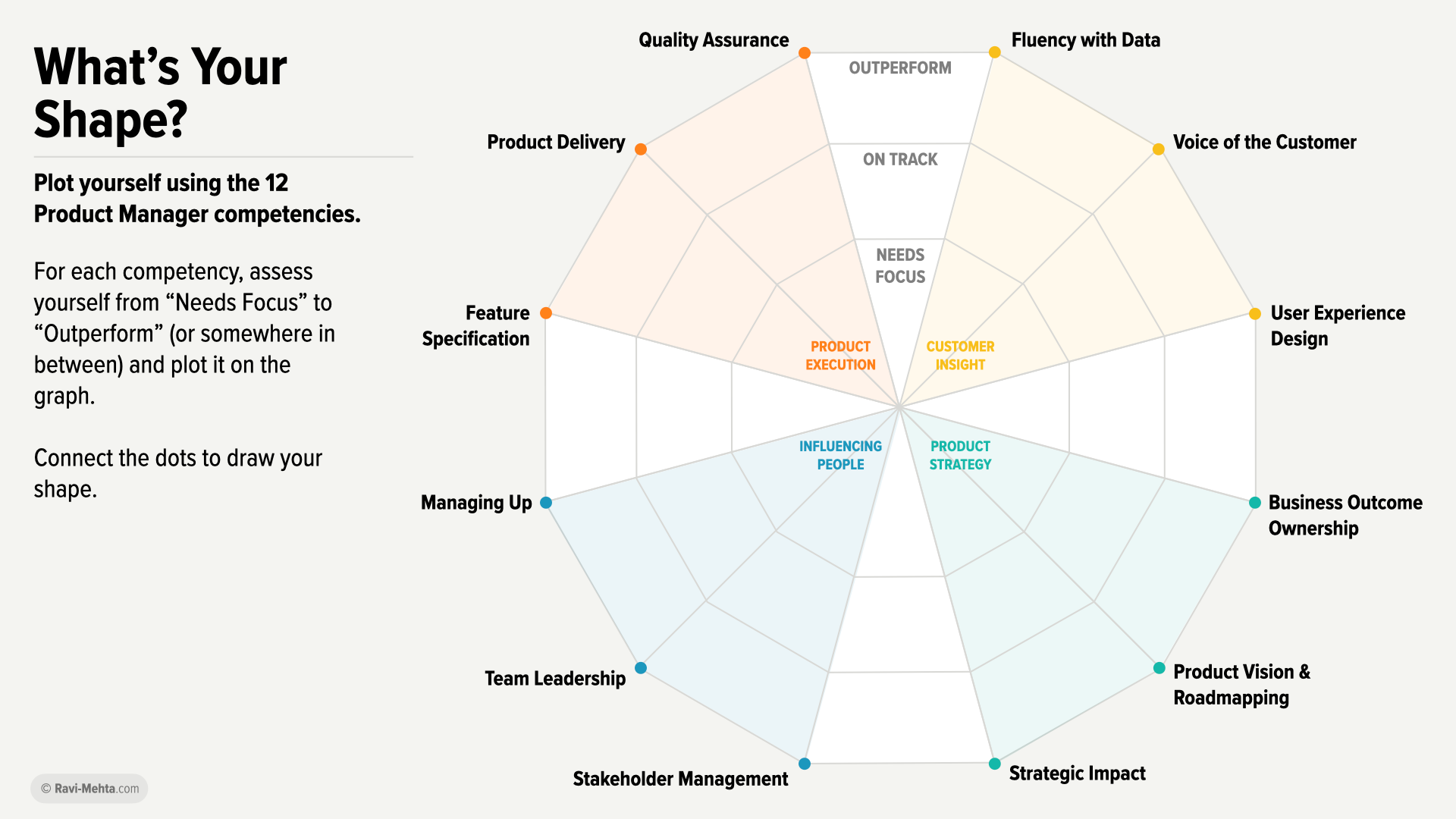Product Management Career Paths
When early in your Product Management career, you may be wondering what the future could look like and how you can grow in that role. While details differ, there is a large agreement regarding these stages inside the PM community.
From Associate to Lead Product Manager
Very much like in other tech disciplines, a career in product Management usually starts as individual contributors with domain expertise and responsibilities growing over time. At a certain point in time, the career may branch out to become a leader thus focusing more on strategic topics and team coaching rather than individual contributions:
As a side note, a path not shown here is to step out and actually become a founder after having learned the craft, gathered experiences, and strengthened understanding of the needs of customers. Apart from some side hustles, we have never been founders ourselves — so cannot really speak to it.
Associate Product Manager
Oftentimes, a career in Product Management starts on an associate level: doing the usual product work, but on a smaller scale, and usually with supervision by a more experienced colleague. It is crucial to learn, about the domain, the market, the customers, the product — just about anything. Collaboration inside the PM team is as important as with other stakeholders.
Product Manager
With some experience usually comes this mid-level role in the product team. Most often it implies responsibility for a certain area of the product as well as deep domain expertise. The Product Manager will truly own opportunities and product ideas alongside the strategy defined by product leadership.
Senior Product Manager and Lead Product Manager
Product Leadership Roles
As in other areas, the responsibility changes dramatically when the individual contributor changes into a leadership role — so when a Product Manager becomes accountable for a team, for processes, or even for strategy. Coaching the team and developing every single team member will become a top priority already on the Director PM level. As a VP of Product, you are even more detached from daily product operations and more in charge of hiring, team alignment, and scaling the product organization.
Growing Alongside a Role Map
To provide guidance toward a long-term career as well as for coaching and developing team members, their tasks, skills, and competencies can be assessed along various dimensions. In Competency Assessment, we describe a conceptual model that helps coach team members throughout their careers.
In later chapters, we specifically address the leap from an individual contributor to a Product Leader.
Further Reading

Product Management Career Paths
With this article, we’ll explore how Product teams are often configured, the most common levels and titles you’re likely to see, and the career steps, as you build a career in Product Management.

What is the Product Manager Career Path?
This post will look at six typical roles a product manager might find themselves in throughout their product management career.

What’s Your Shape?
A Product Manager’s Guide to Growing Yourself and Your Team

